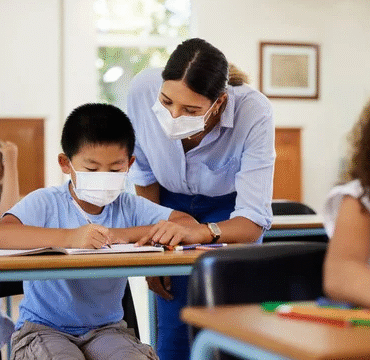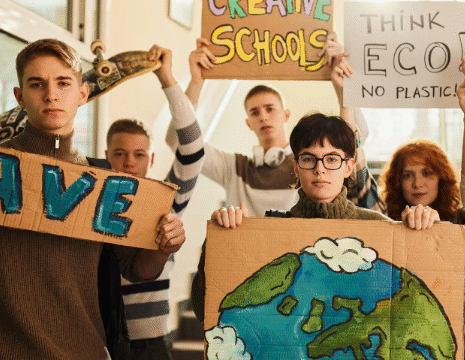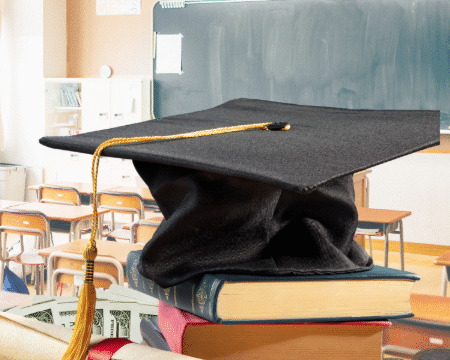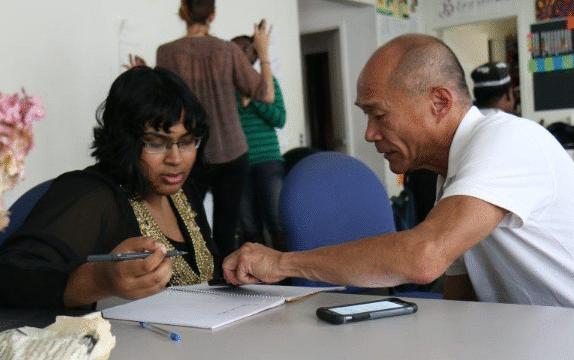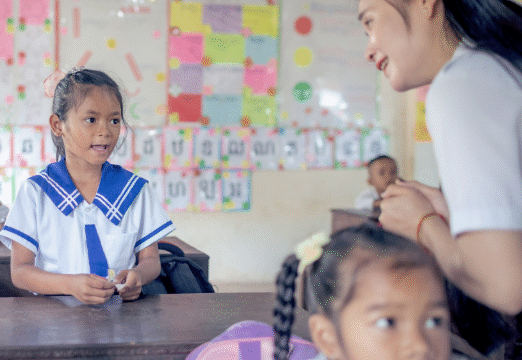Education is often described as the foundation of opportunity,
a path that helps people achieve their potential and contribute
to society in meaningful ways. Around the world, families and
communities place great value on learning because it is seen as the key to progress. Yet the systems through which education is delivered can differ greatly, and one of the most common comparisons is between public and private schools. Each model brings unique strengths and challenges, and when we ask the question of which system best supports education for all, the answer is both nuanced and deeply connected to broader social and economic factors.
Public schools are built on the principle of universal access. Funded primarily through government resources, they aim to provide learning opportunities for every child regardless of family income, location, or background. The promise of public education is inclusivity. In many countries, public schools are the only realistic option for millions of children, particularly those from families that would otherwise be unable to afford tuition. This makes public education an essential tool for advancing equality. When well funded, public schools not only open doors to basic learning but also provide a sense of community where children from different walks of life share experiences, grow together, and learn the values of diversity and cooperation.
Despite these strengths, public schools often face challenges. Because they rely heavily on government budgets, they can sometimes struggle with limited resources. Larger class sizes, outdated materials, and underfunded facilities are common issues in many parts of the world. Teachers in public schools may also face heavier workloads, which can impact the individual attention students receive. However, the fact that these challenges are widely recognized has spurred reform efforts. Many communities and policymakers continue to work toward strengthening public education so that it can truly fulfill its mission of providing quality learning for all children.
Private schools, on the other hand, often present themselves as offering enhanced opportunities. Funded through tuition fees and sometimes additional endowments, private schools generally have more flexibility in curriculum design, class size, and extracurricular offerings. They can invest in modern facilities, specialized programs, and innovative teaching approaches. Families who choose private schools often do so because they seek smaller learning environments, specific academic philosophies, or additional support tailored to their child’s needs. For many parents, private schools represent a chance to give their children a customized educational experience.
The advantages of private education, however, are accompanied by limitations in accessibility. Because tuition fees are a significant factor, private schools are typically not an option for every family. This means that while they may offer strong outcomes for students who attend, they do not necessarily support education for all in the broadest sense. Private schools can also sometimes mirror or even reinforce social and economic divides, since the ability to attend may depend largely on a family’s financial circumstances. Scholarships and aid programs can help bridge this gap, but these opportunities are not always available on a large scale.
The question of which model better supports education for all often comes down to how we define inclusivity and long-term impact. Public schools, when adequately funded and well managed, are unmatched in their ability to reach every child. They create a baseline of learning that is crucial for societal progress. Without them, millions of children would have little to no access to education. Yet private schools can serve as important laboratories of innovation, offering approaches that may eventually influence broader systems. In this way, both systems can complement each other if the goal is to make education accessible, high-quality, and adaptable to different learners.
In many parts of the world, the debate is not simply public versus private but how to balance and strengthen both. Some countries have developed partnerships where private schools receive government support in exchange for admitting students from diverse economic backgrounds. These hybrid models aim to combine the resources and innovation of private institutions with the inclusivity mission of public education. Such arrangements remind us that education should not be viewed as a competition between systems but as a shared responsibility to ensure no child is left behind.
Another factor to consider is the role of community and culture. Public schools often serve as central gathering points, not just for students but for families and neighborhoods. They host events, sports, and cultural activities that weave into the fabric of community life. This communal aspect makes public education not only about academics but also about building social bonds. Private schools, in turn, may cultivate strong alumni networks and foster close-knit communities, offering families a sense of belonging in a different way. Both approaches contribute to the social dimension of education, which is just as important as test scores or academic rankings.
Looking ahead, the conversation about public and private education should focus less on which is superior and more on how each can contribute to the larger vision of education for all. Governments can invest more consistently in public systems to ensure that they are not only accessible but also high in quality. At the same time, private institutions can be encouraged to expand scholarship programs and collaborate with public schools on teacher training, curriculum innovation, and technology integration. When these efforts converge, the result can be a more balanced and inclusive educational landscape.
It is also worth noting that education today extends beyond traditional classrooms. Online learning, community programs, and nonprofit initiatives are increasingly part of the mix. Both public and private schools can partner with these alternatives to expand reach and improve flexibility. In doing so, they collectively move closer to fulfilling the promise of education for all, which is not limited to access but also includes relevance, quality, and lifelong learning opportunities.
Ultimately, the answer to the question of which supports education for all is not a simple either-or. Public schools are essential for their inclusivity and widespread reach, while private schools add value through innovation and specialized learning environments. The challenge is not to choose between them but to strengthen both so that every child, regardless of background, has the chance to learn, grow, and thrive. Education is a collective investment, and when society commits to supporting all forms of learning with fairness and foresight, the outcome is a brighter, more equitable future for everyone.

